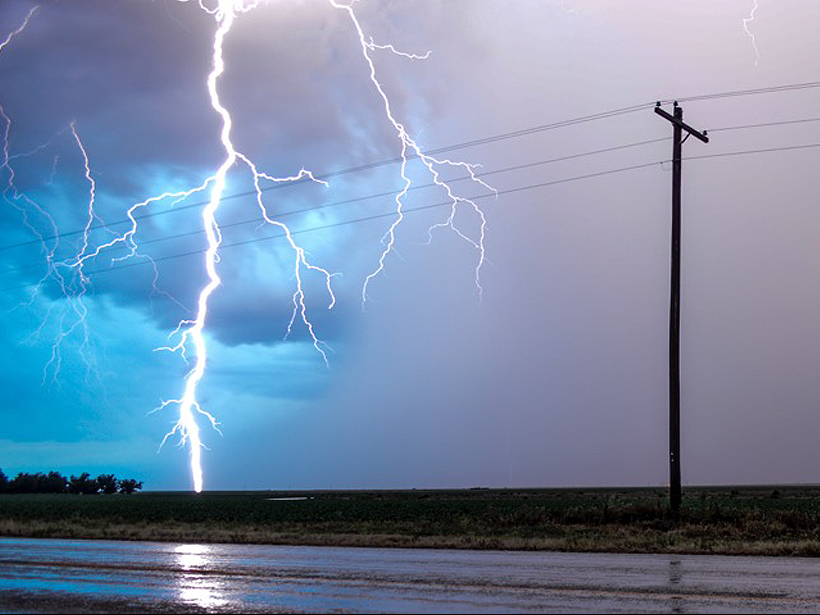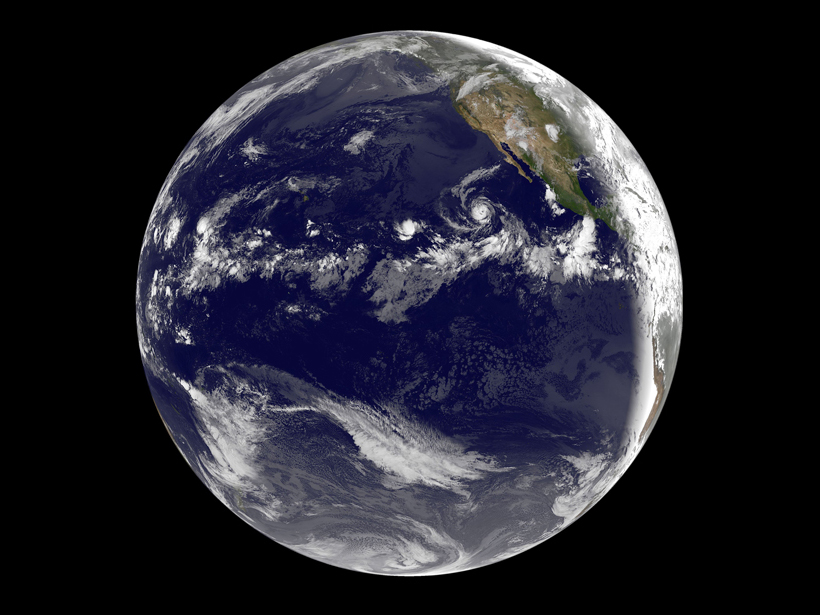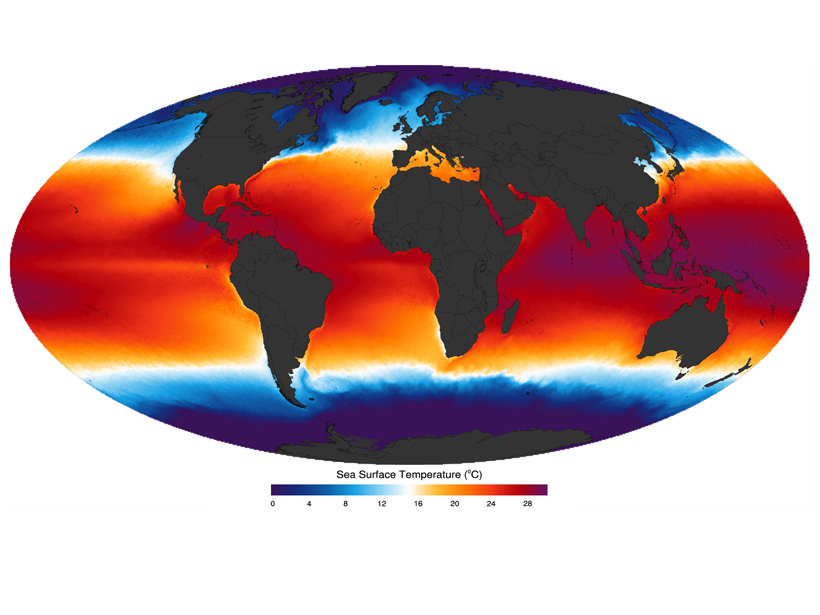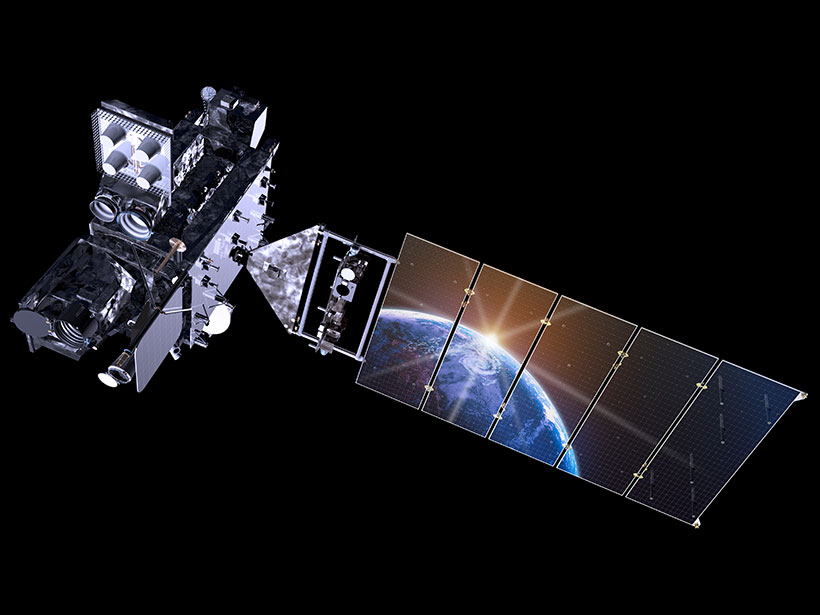Scientists find that estimations of high-altitude atmospheric water, critical for the greenhouse effect, are not as accurate as previously thought.
Journal of Geophysical Research: Atmospheres
Methyl Chloride Can Track Tropical Air in the Lower Stratosphere
A new study shows that trace gas samples collected aboard commercial airliners can be used to determine the origin and dynamics of atmospheric air masses.
Aerosols May Play a Big Part in Atmospheric Absorption
A new study shows that aerosols have a strong impact on the reflectivity of the Earth's atmosphere, absorbing more solar radiation within the atmospheric layers than previously thought.
Improving Indian Summer Monsoon Prediction
A new study analyzes temperature and moisture variations in different layers of the atmosphere to improve forecasting of Indian summer monsoon precipitation patterns.
How Long Is a Bolt of Lightning?
Better calculations of bolt length could help quantify how much climate-changing nitrogen oxide gas is made when lightning strikes.
Aerosol Cutbacks May Bring Tropical Rains Farther North
Lower anthropogenic aerosol emissions in the 21st century may lead to warming that drives the Intertropical Convergence Zone northward.
Circulation Models Cannot Simulate Organized Tropical Convection
Challenges in predicting and simulating the Madden-Julian Oscillation indicate a lack of understanding of the atmospheric circulation pattern's fundamental physics.
Surface Climate Processes Keep Earth's Energy Balance in Check
Models show that an abrupt increase in carbon dioxide emissions would trigger feedback processes that would change Earth's hydrological cycle.
Conquering Uncertainties in Tropical Climate Forecasts
The key to better predictions of atmospheric temperature trends in the tropics may lie in more accurate measurements of sea surface temperatures.
Do All These Weather Satellites Really Improve Forecasts?
A team of researchers put an array of space- and ground-based weather instruments to the test and found that the common weather balloon is irreplaceable for forecasting rainfall.









